Rat Control of Westchester County
Welcome to Rat Control of Westchester County! We are New York rodent control specialists. Our specialty is rat and mouse control. Our special 32-point process is the single most effective method in the country for permanently solving rodent problems inside houses and buildings. We are not a typical pest control Westchester County rodent exterminator company that treats rodents in a similar way to insects, with repeated monthly or quarterly poison treatments. That's a never-ending process. We solve the problem ONCE, and PERMANENTLY, by thoroughly inspecting every component of your building and completely sealing shut all access points, to 100% rodent-proof your house. We physically trap and remove all rats or mice, a process that is completely effective once all access has been closed. The problem is soved forever, usually in a week or less. Click on our Westchester County Prices page to find out more about our prices for rat control work. Or give us a call any time to schedule an appointment, usually within the next day. We look forward to hearing from you.
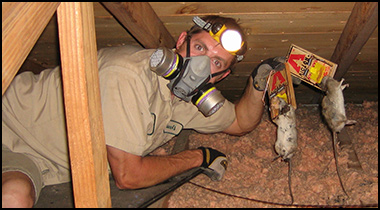
Westchester County Rat Trapping

Rodent-Proofing Repairs
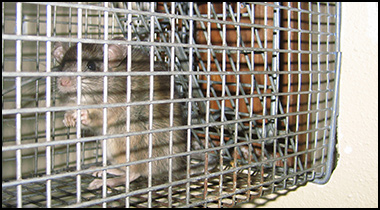
Humane Exclusion Options
Call 24/7 to discuss your rat problem.
Same-day or next-day appointments: 914-610-7632
32-point inspection of your property.
Written estimates for rat project.
Fully New York licensed and insured.
Rat-proofing repairs with steel.
100% of rodents trapped and removed.
Chewed wire and damage repair services.
Rat dropping cleanup and sanitation services.
Poison-free rodent control methods.
Our Service Range - 914-610-7632
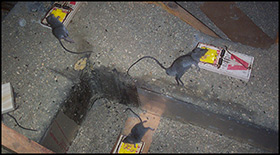
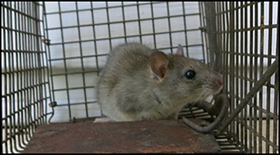
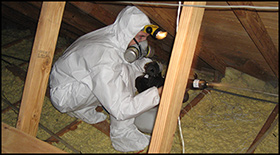
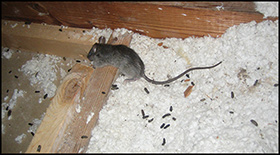
In short, the answer is yes. Pheromones are chemical signals that elicit a response in other animals of the same species. Pheromones are species specific and can actually change an animal's behavior.
Rats often communicate through a series of chirps and squeaks. However, scientists have discovered that they also have another form of chemical communication that we are only beginning to understand.
Rats use pheromones to communicate via chemical signals. They possess special sinus membranes and vomeronasal organs for this type of communication. The vomeronasal organ acts as a chemoreceptor which interprets the pheromone signals.
There are four primary types of pheromones that rats use to communicate in this higher sense. It triggers higher brain function in rats and responses to such stimuli. Here is a little more about each of them.
Pheromones
For most creatures, pheromones are divided into four main categories depending on their purpose. These pheromones are modulator, primer, releaser and signaler pheromones.
Rats use modulator pheromones to change the behavior and bodily function of other rats. Scientists are still learning about modulator pheromones and their role within the species.
Primer pheromones are sex pheromones released by female rats. It alerts male rats that she is fertile and sends an invitation to mate with willing partners. Male rats respond with their own pheromones during this type of communication.
Releaser pheromones are used as a tool to mark rat territories. It is excreted in the urine to discourage other rats from dominating the taken space. This explains the little urine puddles that are present during a rat infestation on a property. These same pheromones are also used to show that a mother rat is ready to nurse her young.
Signaler pheromones are similar to information tools. They help babies recognize and bond with their mothers. These pheromones can also communicate distress and emotional state, as well as hunger and information about food. These pheromones can also be used to gage aggression levels.
Pheromone Communication
It was once thought tat pheromones were only used to signal when a female is ready to mate. Scientists now know that they are much more important to the communication process of the species. Pheromones are used to alert others of a predator in the area, social communication, alerting of food sources and even establishing a bond between mother and baby.
Pheromones are an essential tool for communication between rats within a group and otherwise. We are still learning about the different roles pheromones play in the communication process of rats.

